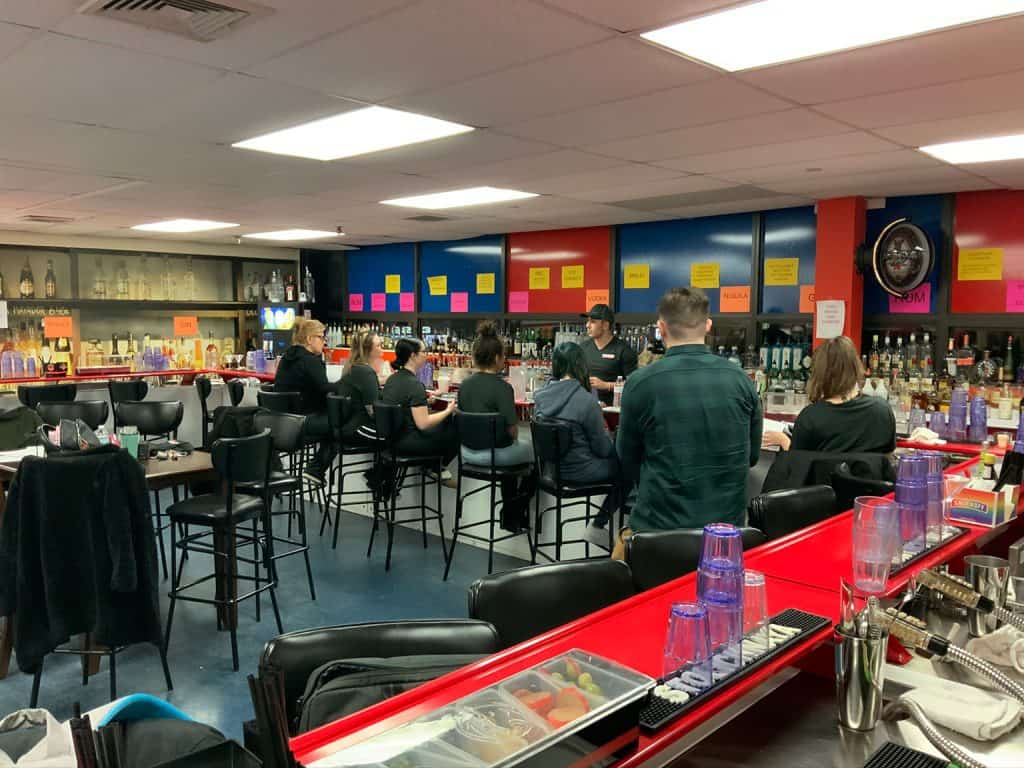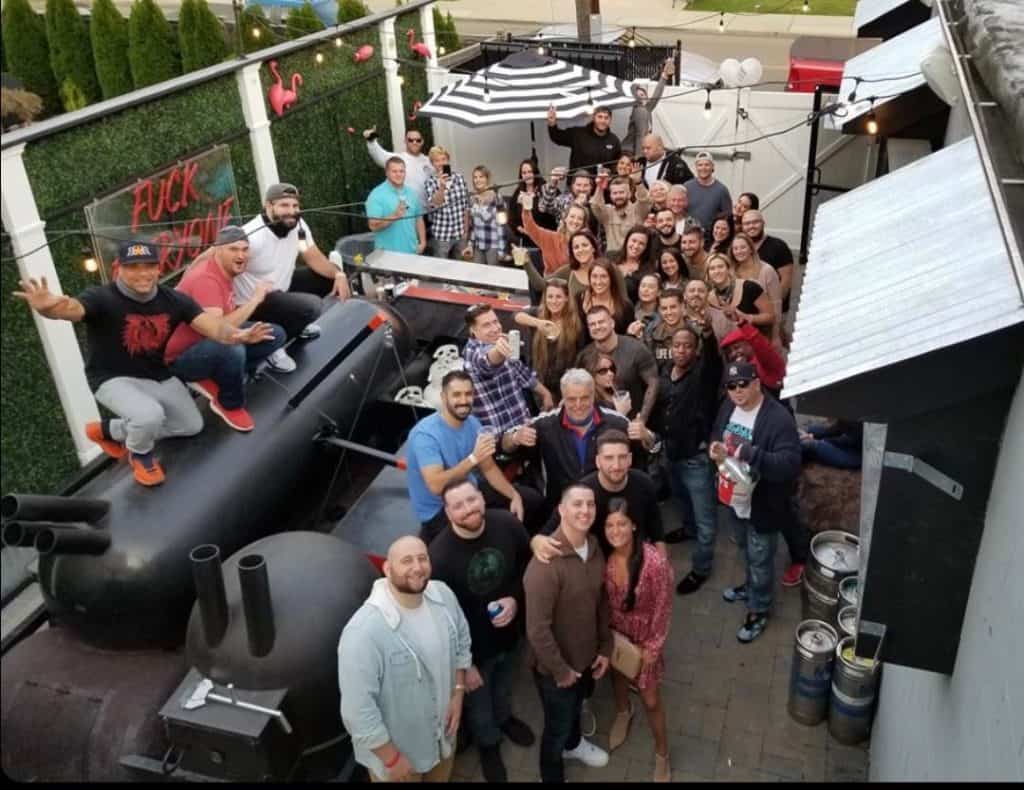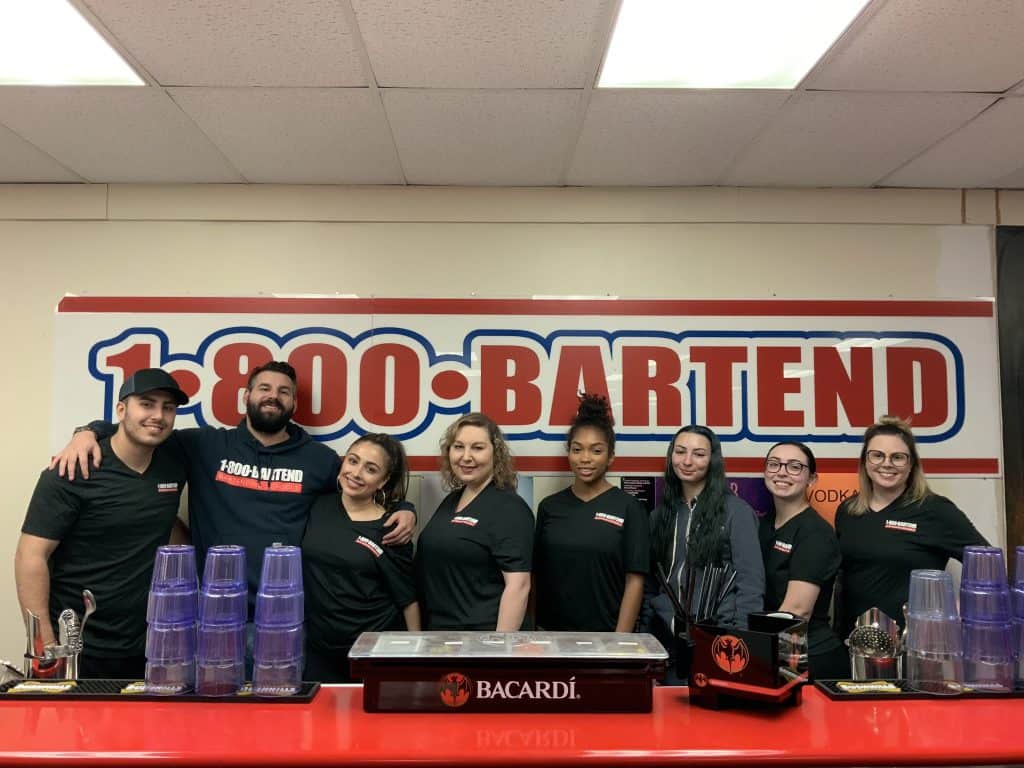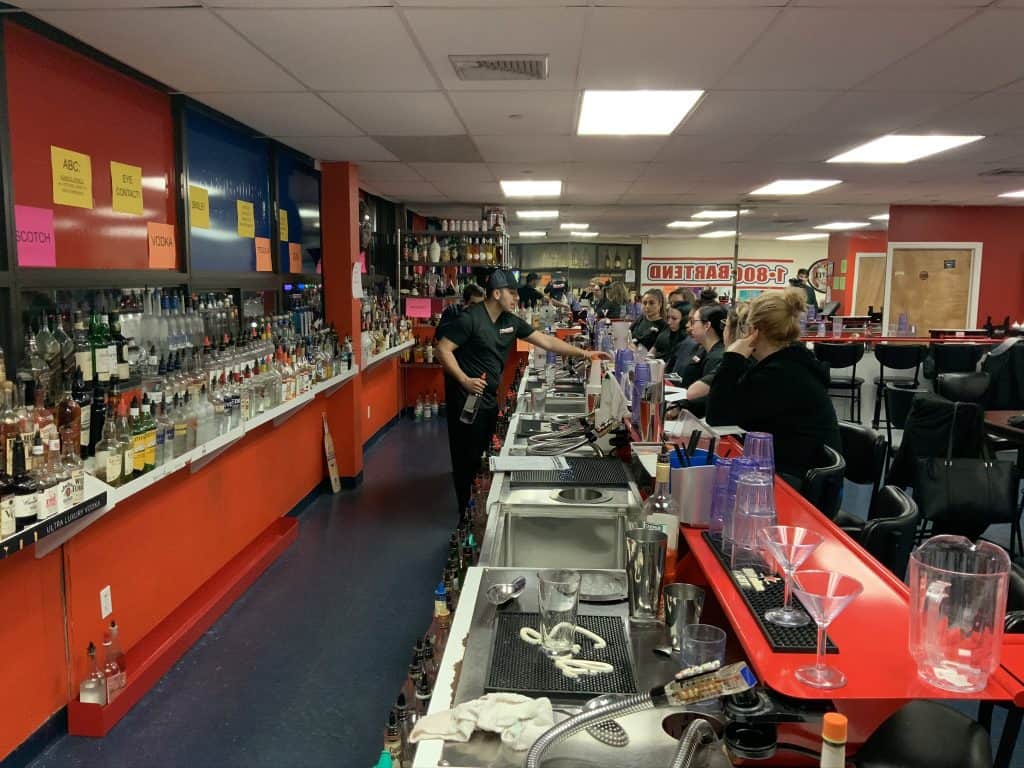Want to be a bartender in Queens Village, NY? 1800 Bartending School can help!
Reviews

About 1800 Bartending School
1800 Bartending School offers an excellent bartending education in Queens Village, NY. Our teachers will help you learn the skills you need to be a bartender.

Bartender Course


Bartending License and Certification in Queens
You need a bartending license to work as a bartender. 1800 Bartending School in Queens Village, NY can help you get your license and ATAP certification. Contact us at 516-212-9850 to learn more.
Queens Village was founded as Little Plains in the 1640s. Homage to this part of Queens Village history is found on the sign above the Long Island Railroad Station there. In 1824, Thomas Brush established a blacksmith shop in the area. He prospered and built several other shops and a factory, and the area soon became known as Brushville. On March 1, 1837, the railroad arrived. The first station in the area was called Flushing Avenue in 1837, Delancy Avenue by June 20, 1837, and Brushville by November 27, 1837, likely about a mile west of the present station. In 1856, residents voted to change the name from Brushville to Queens. The name “Inglewood” also was used for both the village and the train station in the 1860s and 1870s. The name Brushville was still used in an 1860 New York Times article, but both “Queens” and “Brushville” are used in an 1870 article. Maps from 1873 show portions of Queens Village (then called Inglewood and Queens) in the town of Hempstead, but 1891 maps show it entirely in the town of Jamaica.
After the Borough of Queens became incorporated as part of the City of Greater New York in 1898, and the new county of Nassau was created in 1899, the border between the city and Nassau County was set directly east of Queens Village. A 1901 article in the Brooklyn Eagle already uses the full name Queens Village, a name that had been used as late as the 1880s for Lloyd’s Neck in present-day Suffolk County. In 1923, the Long Island Railroad added “Village” to its station’s name to avoid confusion with the county of the same name, and thus the neighborhood became known as Queens Village.
Queens Village was part of an overall housing boom that was spreading east through Queens from New York as people from the city sought the bucolic life afforded by the less-crowded atmosphere of the area. Today, many of those charming and well-maintained Dutch Colonial and Tudor homes built in Queens Village during the 1920s and 1930s continue to attract a diverse population.
Learn more about Queens Village.Here are some bartending-related links:
Mon - Sat:
9AM - 5PM
Sunday:
Closed
Sign up, get trained, and let’s get you behind the bar in just one week. Your future in bartending starts now!

1-800-Bartend
For Students
For Businesses
Helpful Links